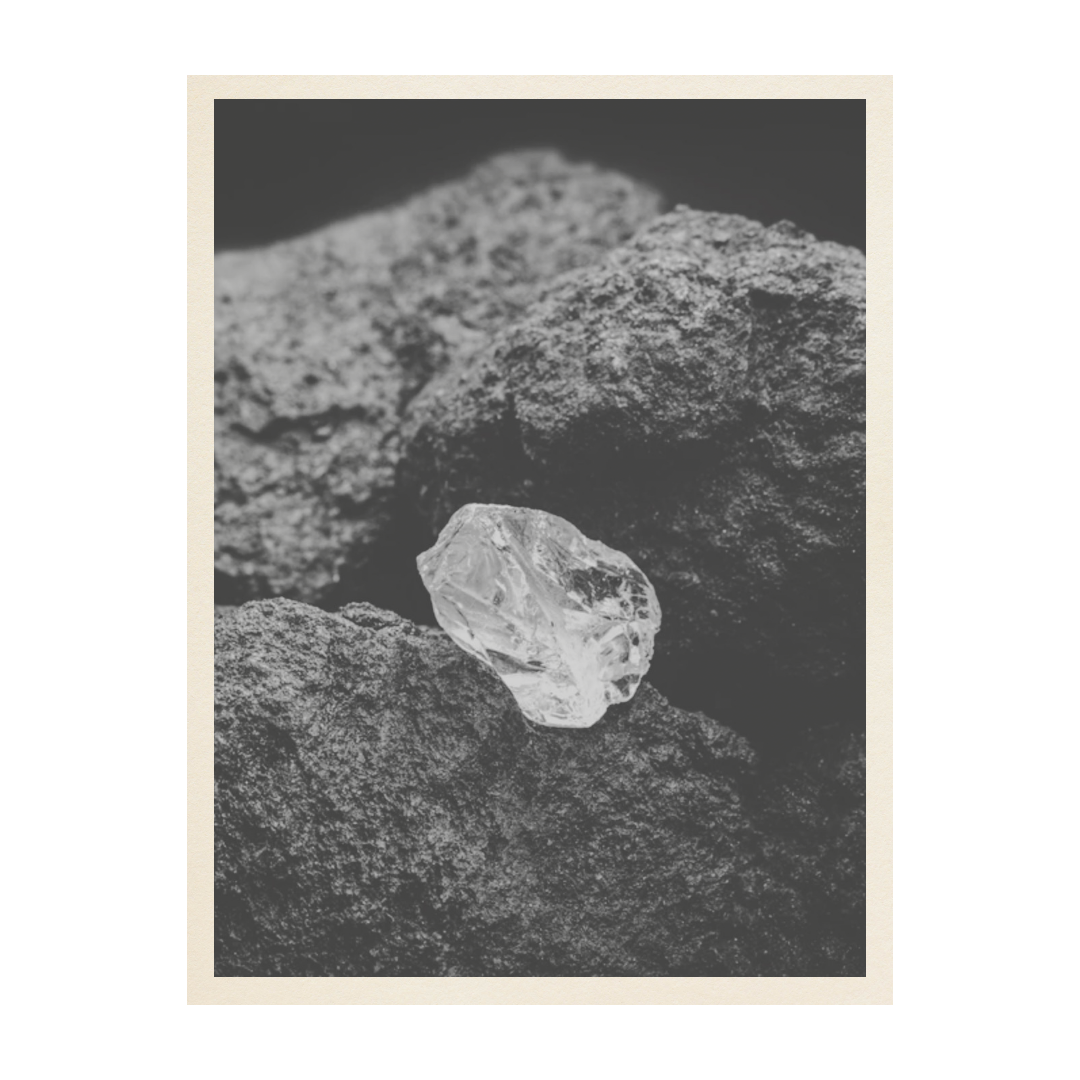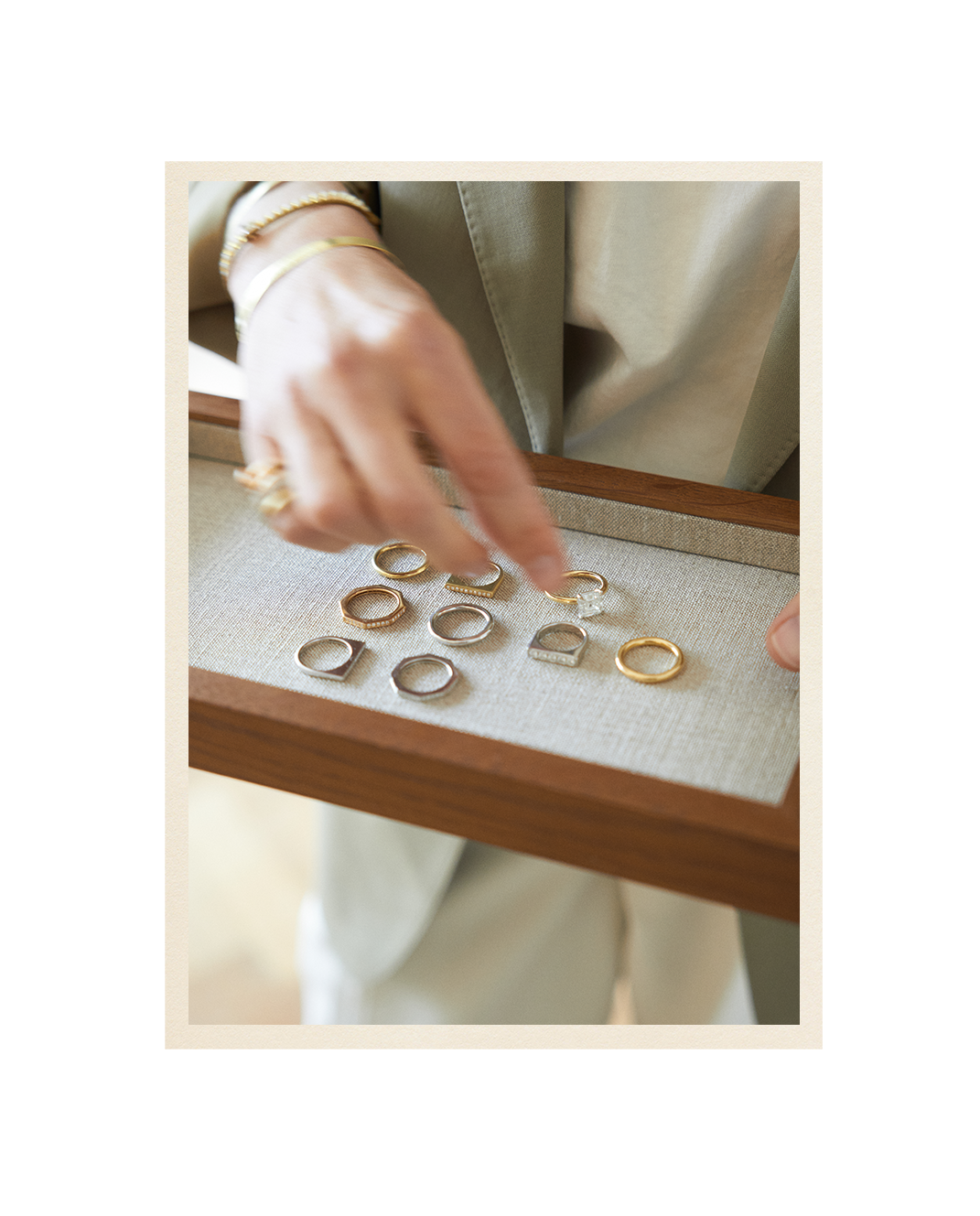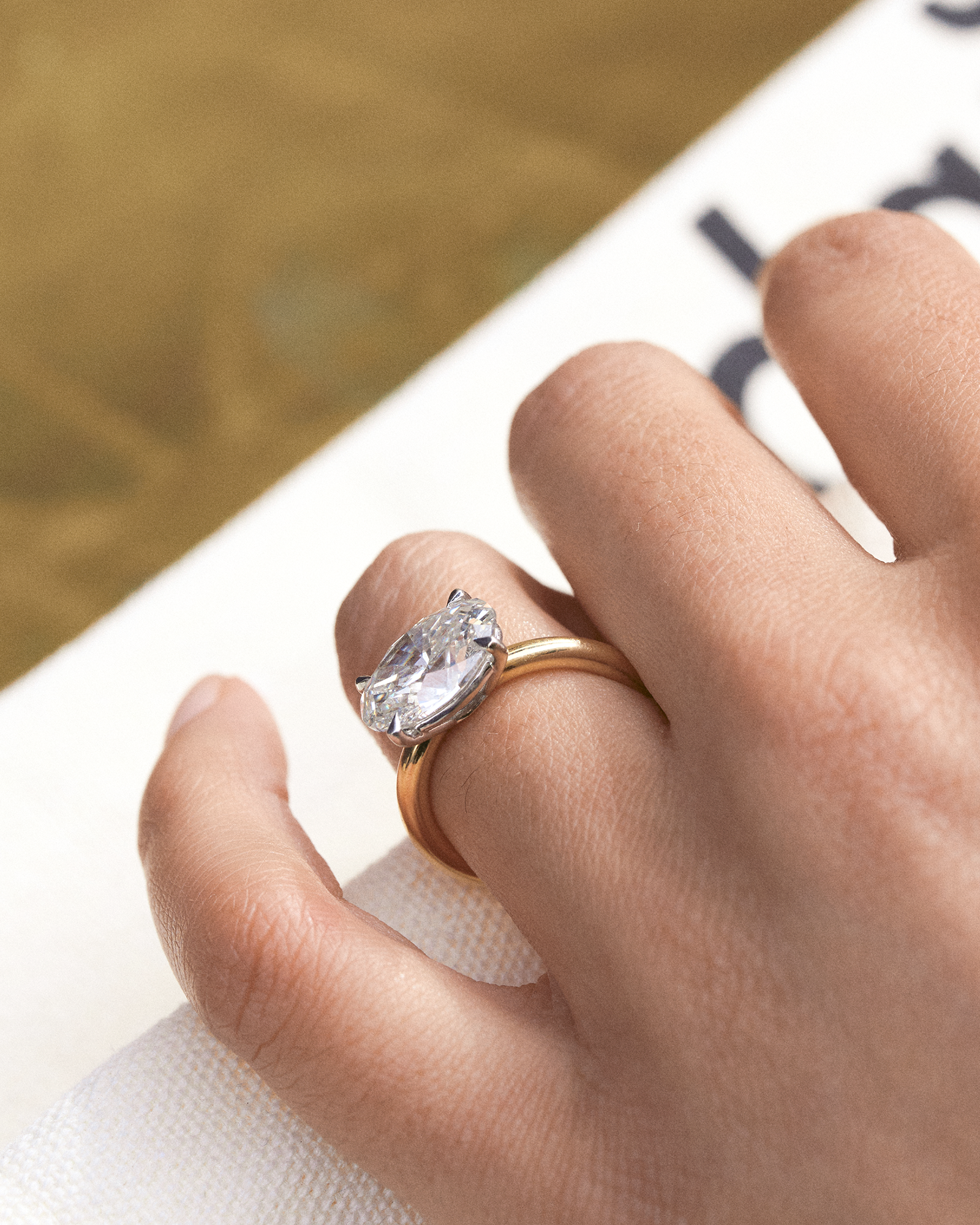
WHEN CARBON BECOMES LAB-GROWN DIAMONDS
Do you know the magical formula for a diamond ? Before becoming an exceptional gemstone, a diamond is simply a piece of pure carbon. Deep within the Earth, subjected to extreme temperature and pressure, this carbon crystallizes and transforms into a rough diamond.
Over the decades, science and innovation have enabled us to recreate in laboratories the exact conditions found within the Earth's mantle that give birth to mined diamonds. Lab-grown diamonds result from this same crystallization process of pure carbon.
This means lab-grown diamonds are not imitations like zircon or moissanite. A lab-grown diamond is a real diamond because it has the same chemical, physical, and optical properties as a mined diamond. To the naked eye or under a microscope, no one can tell them apart. The only difference is in their origin and the location of their formation.



SUSTAINABLE LUXURY: DIAMONDS WITH IMPACT
Beyond their luxurious appeal, mined diamonds have a darker side. Human exploitation (forced labor, child labor, serious accidents) and massive environmental degradation. For every carat of mined diamonds, around 250 tons of earth are displaced, 454 liters of water are used, and 63.5 kilograms of carbon dioxide are emitted. This process wreaks havoc on landscapes and ecosystems.
That's where lab-grown diamonds come in, marking a significant breakthrough in the jewelry industry. Created on the Earth's surface under controlled conditions, they offer consumers a more responsible choice. Lab-grown diamond production requires far less water and energy and does not involve massive earth-moving operations, making it more sustainable and significantly reducing their carbon footprint. Additionally, they are more ethical, being free from armed conflicts and human rights abuses.
With fewer intermediaries, they also eliminate opportunities for trafficking and corruption, enhance transparency, and reduce costs. Lab-grown diamonds are indeed not limited by the finite supply of diamonds in the earth, making them about 30-40% less expensive than mined diamonds.
ADVANCED TECHNOLOGY FOR PREMIUM QUALITY DIAMONDS
All daŭre diamonds are laboratory-grown and selected according to the highest international standards. They are created using advanced technology that replicates the natural growing conditions of the earth: the CVD (Chemical Vapour Deposition) method. Visually and chemically, they are identical to mined diamonds offering the same sparkle with a far lighter footprint.
From 2025, the GIA (Gemological Institute of America) introduces a new “Premium/ Standard” classification for lab-grown stones, a recognition of their own category of excellence. At daŭre, we meticulous select only premium-grade stones meeting the highest levels of purity and brilliance.
Upon request, we can provide an International Gemological Institute (IGI) report for your lab-grown diamond, detailing its carat weight, cut, clarity, and full gemological grading.